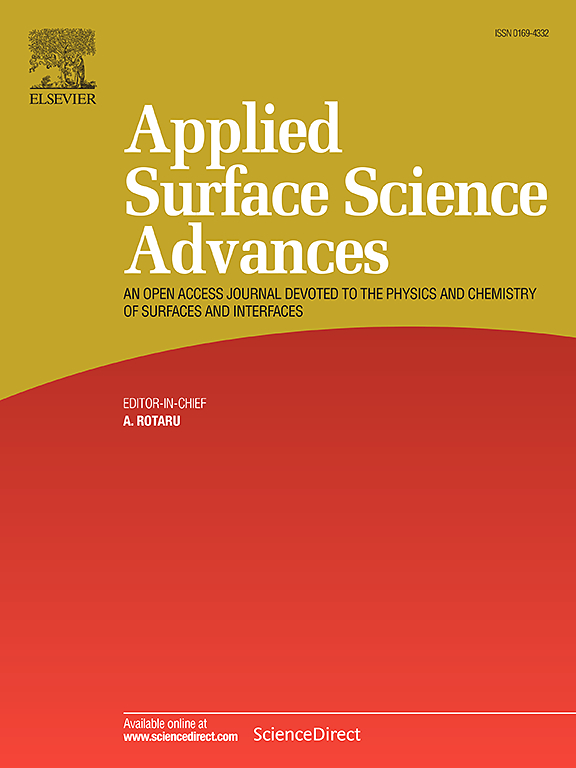Transport of binary gases in nanoporous media with non-equilibrium adsorption
IF 8.7
Q1 CHEMISTRY, PHYSICAL
引用次数: 0
Abstract
Surface diffusion and adsorption in nanoporous media are fundamental to mass transport and storage processes. The nanoporous media with high sorption affinity and slow mass exchange can exhibit non-equilibrium adsorption behavior. Accordingly, this study introduces a species-based model incorporating non-equilibrium adsorption kinetics for binary gas transport within nanoporous media. The proposed model for the predictive transport of gases incorporates non-equilibrium adsorption, surface diffusion, and bulk, viscous, and Knudsen diffusion. The extended Langmuir rate equation covers non-equilibrium adsorption, while the generalized Maxwell-Stefan equation addresses surface diffusion. The model is validated against two different experiments and then applied to simulate CO2 transport within methane-saturated nanoporous media, including organic-rich shales and coalbed methane. The simulation results reveal that the sorbed phase can occupy almost half of the pore volume. The comparison results between equilibrium and non-equilibrium adsorption models reveal that ignoring non-equilibrium sorption kinetics can lead to underestimating total mass flux and overestimating the sorbed-phase contribution of the mass flux. Using equilibrium adsorption can result in an underestimation of molar flux by 8%. The results of the molar flux ratio show that the sorbed phase adds three times more flux to the total flux when using the equilibrium adsorption model compared with the non-equilibrium adsorption model. This work demonstrates the impact of non-equilibrium adsorption on binary gas transport. The developed model gives a thorough framework for investigating gas transport and the sorbed phase’s contribution to the total mass transport.
非平衡吸附纳米多孔介质中二元气体的输运
纳米多孔介质的表面扩散和吸附是质量传输和储存过程的基础。纳米孔介质具有高吸附亲和性和缓慢的质量交换,可以表现出非平衡吸附行为。因此,本研究引入了一个基于物种的模型,该模型包含了纳米多孔介质中二元气体传输的非平衡吸附动力学。提出的预测气体输运模型包括非平衡吸附、表面扩散、体积、粘性和克努森扩散。扩展的Langmuir速率方程涵盖了非平衡吸附,而广义的Maxwell-Stefan方程解决了表面扩散问题。该模型通过两个不同的实验进行验证,然后应用于模拟甲烷饱和纳米孔介质(包括富有机质页岩和煤层气)中的CO2输运。模拟结果表明,吸附相几乎占孔隙体积的一半。平衡和非平衡吸附模型的对比结果表明,忽略非平衡吸附动力学会导致总质量通量的低估和质量通量的吸附相贡献的高估。使用平衡吸附会导致摩尔通量被低估8%。摩尔通量比的结果表明,与非平衡吸附模型相比,采用平衡吸附模型时,吸附相的总通量增加了3倍。这项工作证明了非平衡吸附对二元气体输运的影响。所建立的模型为研究气体输运和吸附相对总质量输运的贡献提供了一个完整的框架。
本文章由计算机程序翻译,如有差异,请以英文原文为准。
求助全文
约1分钟内获得全文
求助全文

 求助内容:
求助内容: 应助结果提醒方式:
应助结果提醒方式:


